The Life of the Buddha: Buddhist and Saiva Iconography and Visual Narratives in Artists' Sketchbooks from Nepal
This book describes, analyses and reproduces line drawings from two manuscripts and a related section from a third manuscript. These are: 1) Manuscript M.82.169.2, preserved in the Los Angeles County Museum of Art (circa late nineteenth century) 2) Manuscript 82.242.1-24, preserved in the Newark Museum (from the later part of the twentieth century) and 3) A section from manuscript 440 in the private collection of Ian Alsop, Santa Fe, New Mexico (early twentieth century). The line drawings depict Hindu/Saiva and Buddhist deities and themes, but the Buddhist material is predominant, as one would expect in artists sketchbooks from Patan. The sketchbooks are important for several reasons. They provide drawings of a large number of deities, including some groups rarely depicted elsewhere. Among them are the Eight Great Bodhisattvas, the Eight Siddhas, the Nine Serpents and-corresponding to the months of the year-twelve forms of Narayana and Lokesvara, and (associated with the ekadasi days of the months) twelve forms of Mahadeva. Many of the deities and legends are relevant to contemporary Newar Buddhism. The two narratives are of special interest. They deal with the life story of Sakyamuni Buddha and the legend of Sarvajnamitra (pada). The illustrated life story of the Buddha follows the Newar tradition, which incorporates the episodes of the sufferings of Yasodhara after Sarvarthasiddhas departure and of the Buddhas (return) journey to Lumbini (lumbiniyatra). The book also contains a longer section on Sristikarta Lokesvara, a form of Avalokitesvara who emanates Brahmanical divinities from his body.
Get it now and save 10%
BECOME A MEMBER

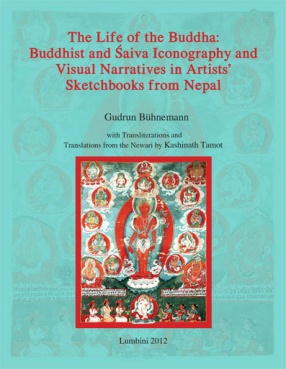
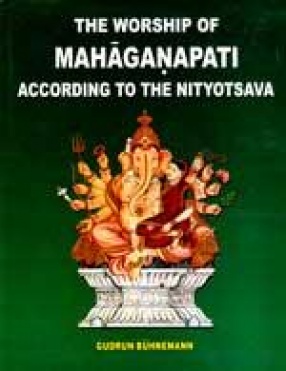
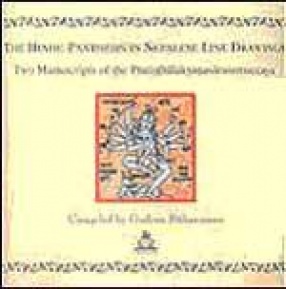

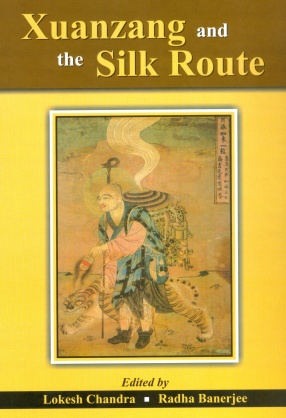
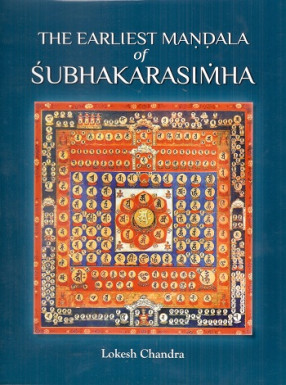
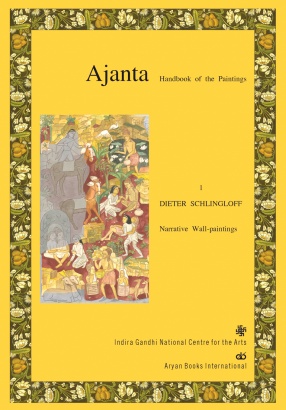
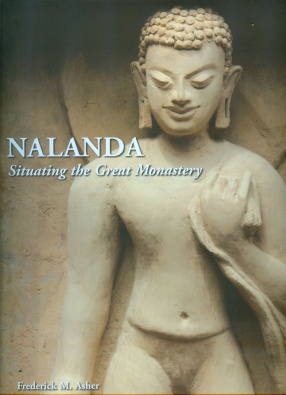

Bibliographic information
Kashinath Tamot